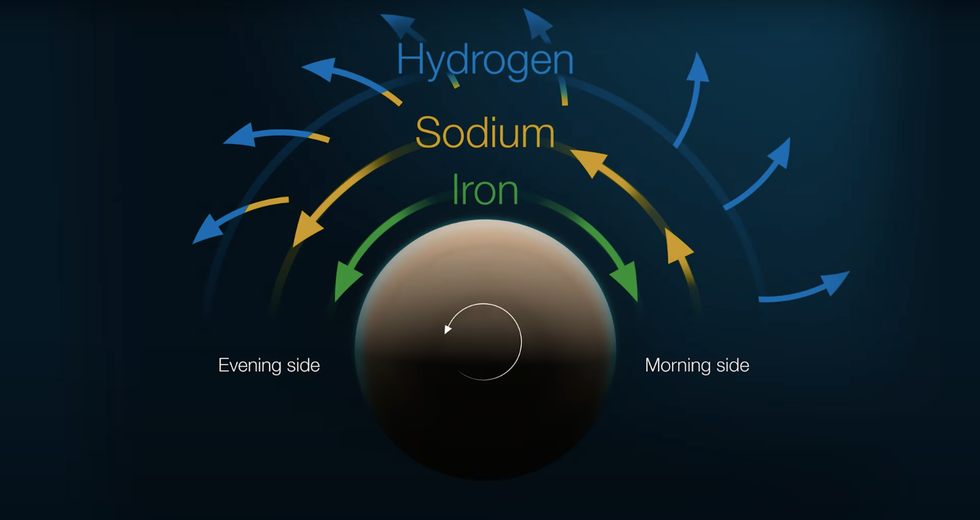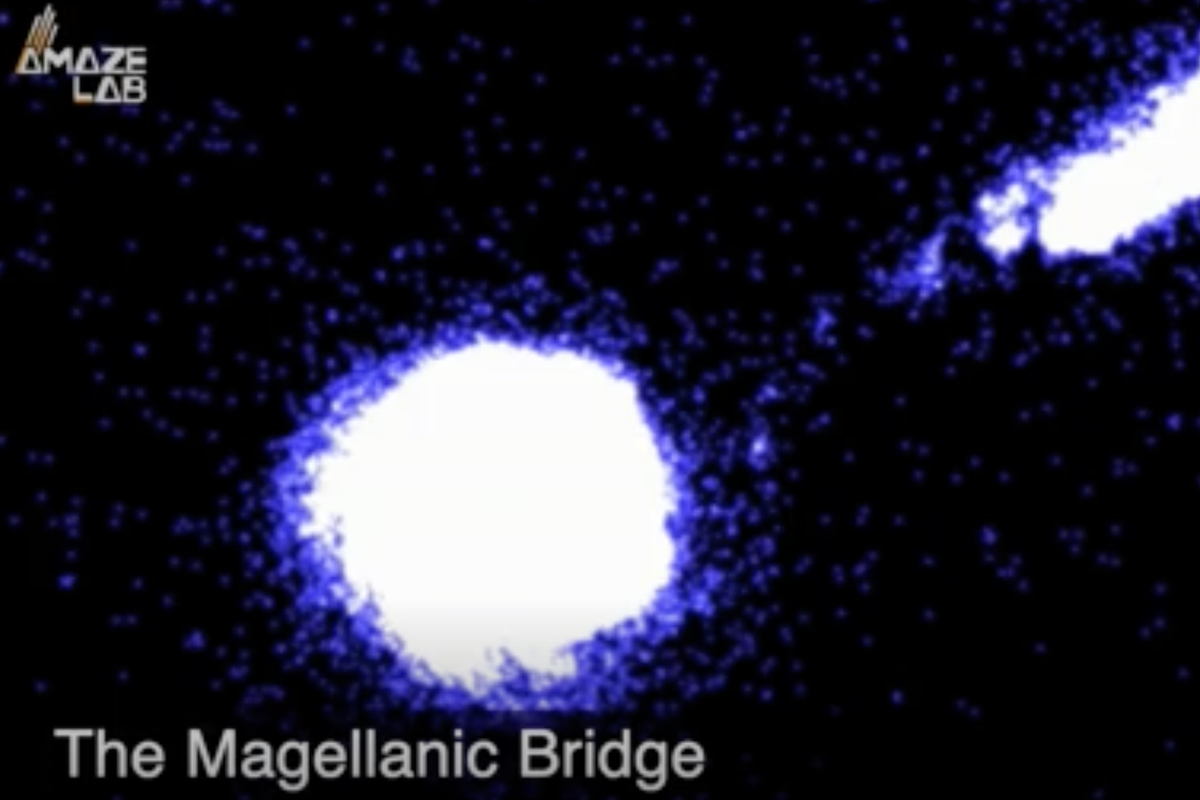Science & Tech
Gregory Robinson
Feb 20, 2025
The Bahamas: SpaceX Makes History with First Rocket Landing Off The Bahamas' …
StringersHub / VideoElephant
Planets are like onions, they have layers. But one planet well beyond our solar system has layers that create weather so extreme it’s being compared to something out of “science fiction”.
WASP-121b, also known as Tylos, is a gas giant exoplanet located outside of our solar system some 900 light-years away. Astronomers used four massive telescopes in Chile to look into its atmosphere and they found something truly bizarre.
Researchers were able to map the planet’s atmosphere for the first time and found hurricane-force winds swirling stronger than anything seen before.
“This planet’s atmosphere behaves in ways that challenge our understanding of how weather works — not just on Earth, but on all planets,” said Julia Victoria Seidel, a researcher at the European Southern Observatory. “It feels like something out of science fiction."
Tylos is categorised as a ‘hot Jupiter’ meaning it’s a gas giant similar to Jupiter and Saturn and is around the same size as them.
It takes just 30 hours for Tylos to orbit its star, meaning a year is the equivalent of a full Earth day plus six hours, and it’s also tidally locked to its star, just like the moon is to Earth, had has two distinct sides. The side facing its star has scorching heat and constant light, whereas the the other side is much cooler. This has helped create an otherworldly weather system with vicious winds.
As the planet passed in front of its nearby star, four telescopes comprising the European Southern Observatory’s Very Large Telescope observed Wasp-121b. Astronomers found three separate layers of winds and they were then able to map an extraordinary 3D structure of Tylos’ atmosphere.
At its lowest known layer, Tylos contains iron winds, a jet stream of sodium and an outer layer of hydrogen winds.

The sodium jet stream is said to be very potent, as it accelerates when it flows into the planet’s hot daylight side, fiercely churning the upper atmosphere.
The study marks the first time astronomers have been able to study an exoplanet’s atmosphere in such detail. “This kind of climate has never been seen before on any planet,” said Seidel. “Even the strongest hurricanes in the solar system seem calm in comparison.”
Seidel is the study’s lead author. The research has been published in the peer-reviewed journalNature.
- YouTubewww.youtube.com
You should also read:
Wild moment Storm Otto almost blows reporter away
NASA’s Curiosity rover on Mars records spectacular natural phenomenon for first time
How to join the indy100's free WhatsApp channel
Sign up to our free indy100 weekly newsletter
Have your say in our news democracy. Click the upvote icon at the top of the page to help raise this article through the indy100 rankings.
Top 100
The Conversation (0)














